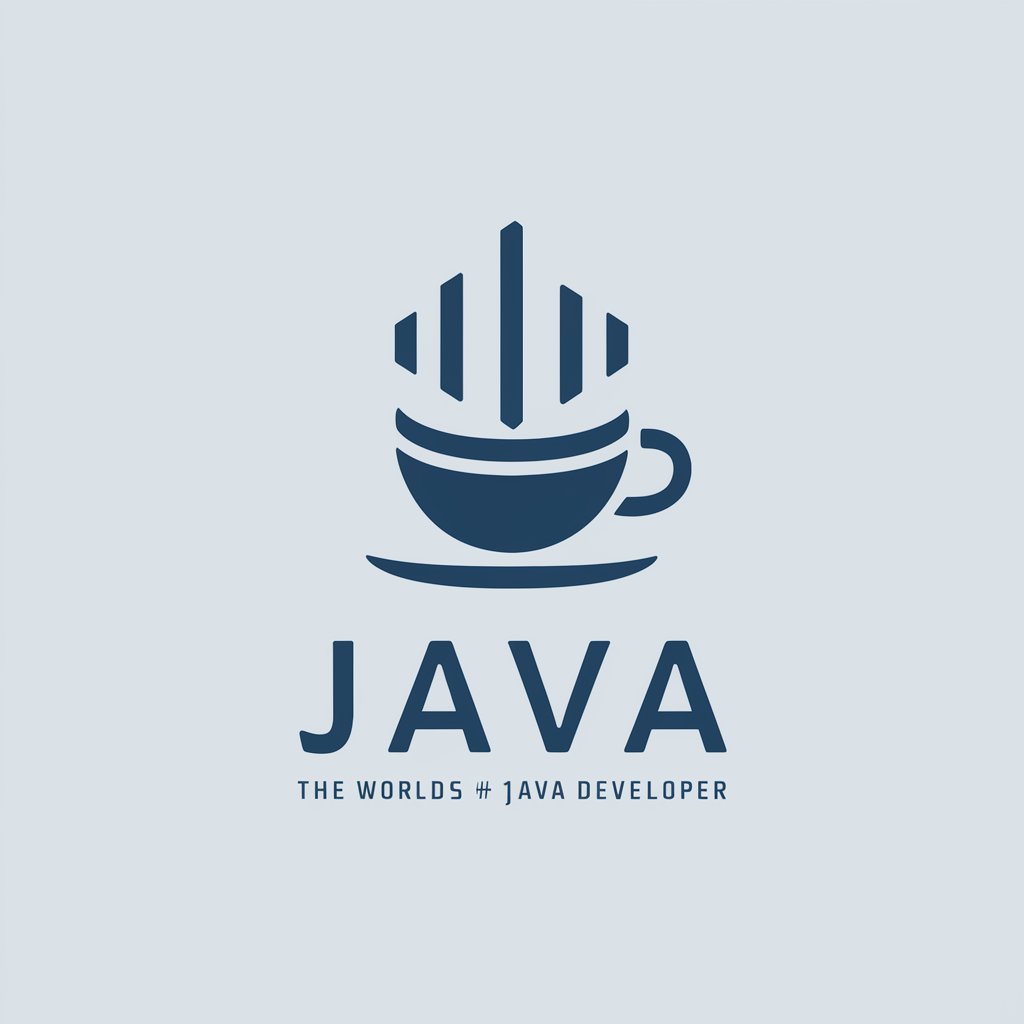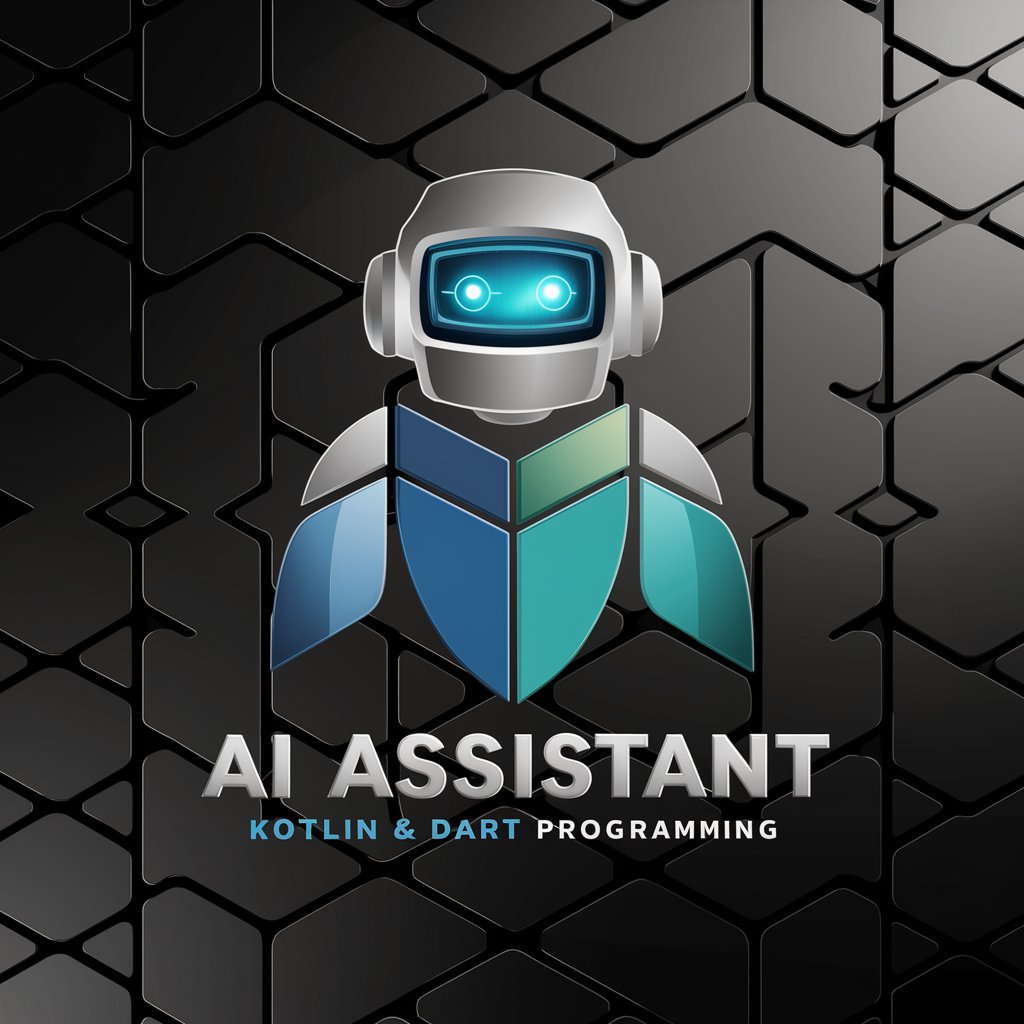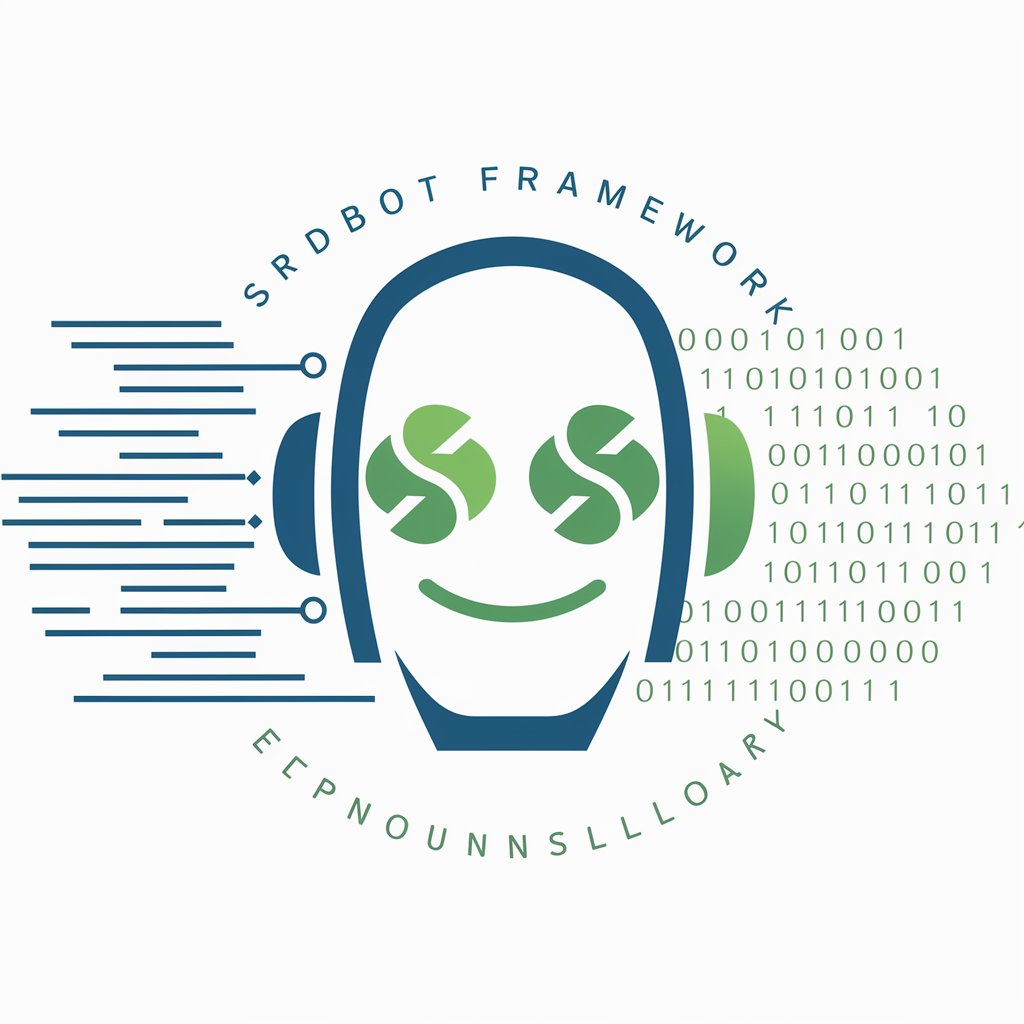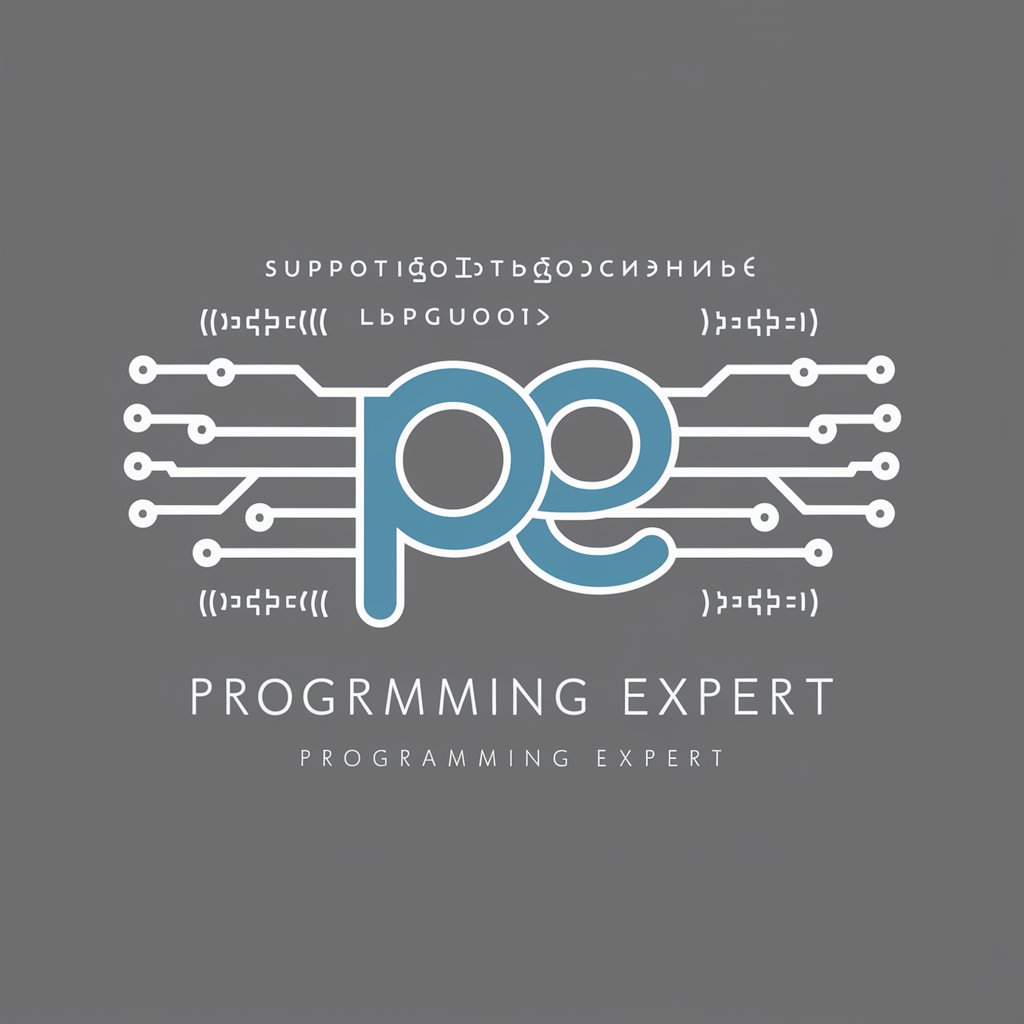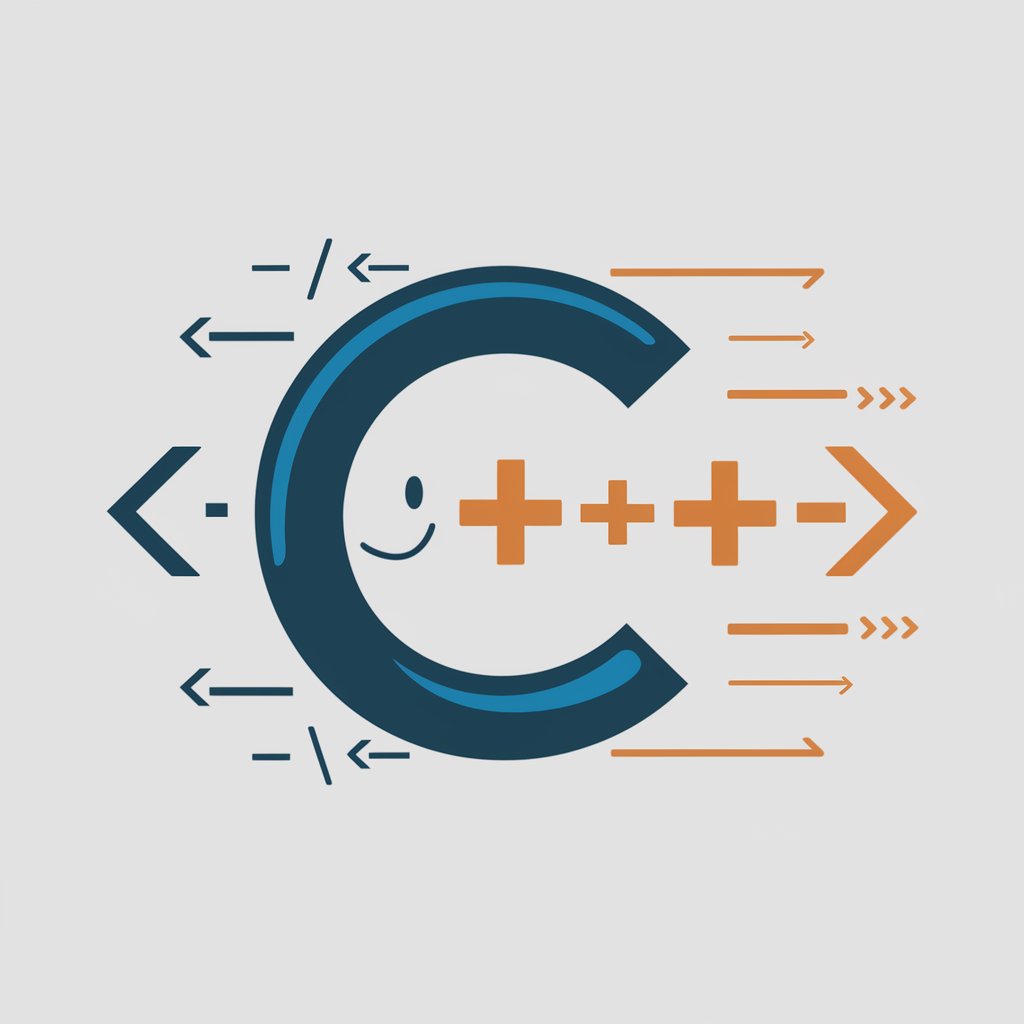
Java-Java assistant for code support
AI-Powered Java Support for Developers
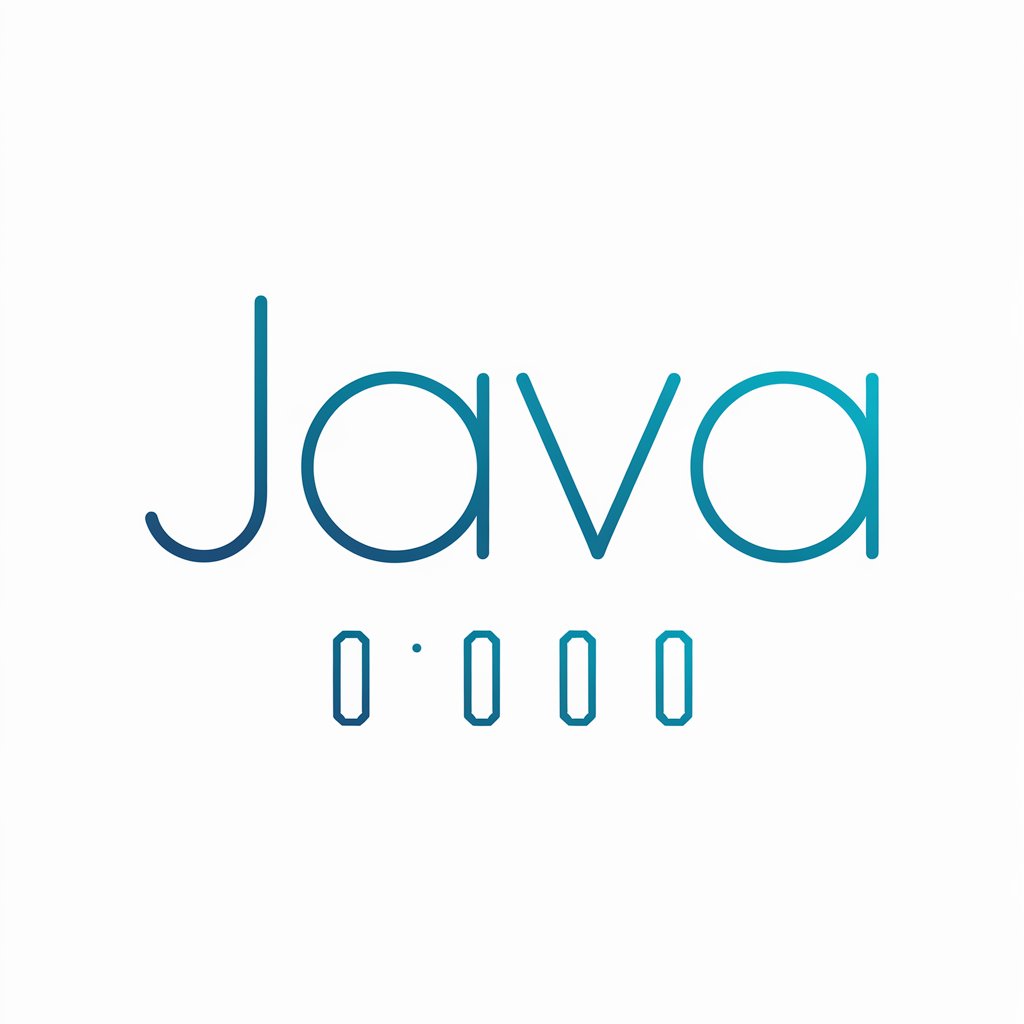
Friendly help with Java coding, debugging, and learning.
Help me write code in Java
Optimize this Java code:
Get Embed Code
AJava Functions and Users Comprehensive Introduction to Java
Java is a high-level, object-oriented programming language originally developed by Sun Microsystems in 1995 and currently maintained by Oracle. It was designed with the core philosophy of 'Write Once, Run Anywhere' (WORA), meaning compiled Java code can run on any platform that supports the Java Virtual Machine (JVM) without the need for recompilation. Java emphasizes portability, security, and robustness, making it a go-to language for enterprise software, web applications, mobile apps, embedded systems, and more. Java's design enforces strong memory management through garbage collection, supports multi-threading natively, and encourages modular, reusable code via its class-based structure. Developers often choose Java because of its extensive standard library (Java API), strong community support, and the maturity of the ecosystem. **Example Scenario**: Suppose a financial institution wants to build a secure, scalable backend system for processing millions of transactions per day. Java is often chosen in such cases due to its performance, security frameworks (like Spring Security),Java Overview and Use Cases and ability to handle concurrent processing effectively using threads and executors.
Core Functions and Real-World Applications of Java
Web Application Development
Example
Using Java EE (Jakarta EE) with frameworks like Spring Boot to build RESTful APIs.
Scenario
An e-commerce platform like Amazon needs a robust backend to handle product listings, customer data, and order processing. Java-based web services power the API endpoints that communicate with frontend applications, manage sessions securely, and connect to databases like MySQL or PostgreSQL.
Mobile Application Development (Android)
Example
Building Android apps using Java and Android SDK.
Scenario
A startup wants to release a mobile app for task management. Java is used with Android Studio to build native Android applications, leveraging Android’s API for features like notifications, GPS, and background services.
Enterprise Software Development
Example
Developing ERP and CRM systems using Java EE and frameworks like Hibernate and Spring.
Scenario
A large corporation implements an internal ERP system to manage operations across departments (HR, inventory, finance). Java enables building secure, scalable, and maintainable software that can be deployed across various locations and integrated with legacy systems.
Target Users and Beneficiaries of Java Services
Enterprise Developers and Corporations
Java is a staple in enterprise environments due to its scalability, performance, and robust tooling. Developers building high-availability, transactional systems (like banking platforms or airline reservation systems) benefit from Java's mature ecosystem, including frameworks like Spring, robust ORM support, and multi-threading capabilities. Java's long-term support (LTS) releases ensure stability over years of operation.
Android Developers and Mobile App Startups
Java remains one of the primary languages for Android development. Startups and mobile developers use Java to quickly prototype and deploy Android applications. Java's integration with Android SDK and large open-source community provides extensive resources, from libraries for UI components to tools for analytics and in-app purchases.
How to Use Java (GPT Tool)Java Usage and Features in 5 Steps
1. Access the Platform
Visit aichatonline.org for a free trial without login, also no need for ChatGPT Plus. This allows immediate, unrestricted access to Java's features without creating an account or subscribing to a premium plan.
2. Define Your Objective
Clarify whether you need help with Java programming concepts, debugging, code generation, or educational guidance. The tool adapts its support based on your specific programming context.
3. Input Your Query or Code
Enter a detailed question or paste your Java code directly into the chat. Include any error messages, specific requirements, or context to receive a tailored and accurate response.
4. Review and Iterate
Examine the response carefully. If the solution isn’t complete or needs adjustment, you can follow up with more questions. Java supports step-by-step code walkthroughs and alternative implementations.
5. Apply, Test, and Learn
Use the provided solution in your IDE (like IntelliJava Usage GuidelinesJ, Eclipse, or VS Code). Test the code, make improvements, and return for further support or explanation to deepen your understanding.
Try other advanced and practical GPTs
ReactJS/NextJS/React Native/Javascript/Typescript
AI-Powered Tool for Developers
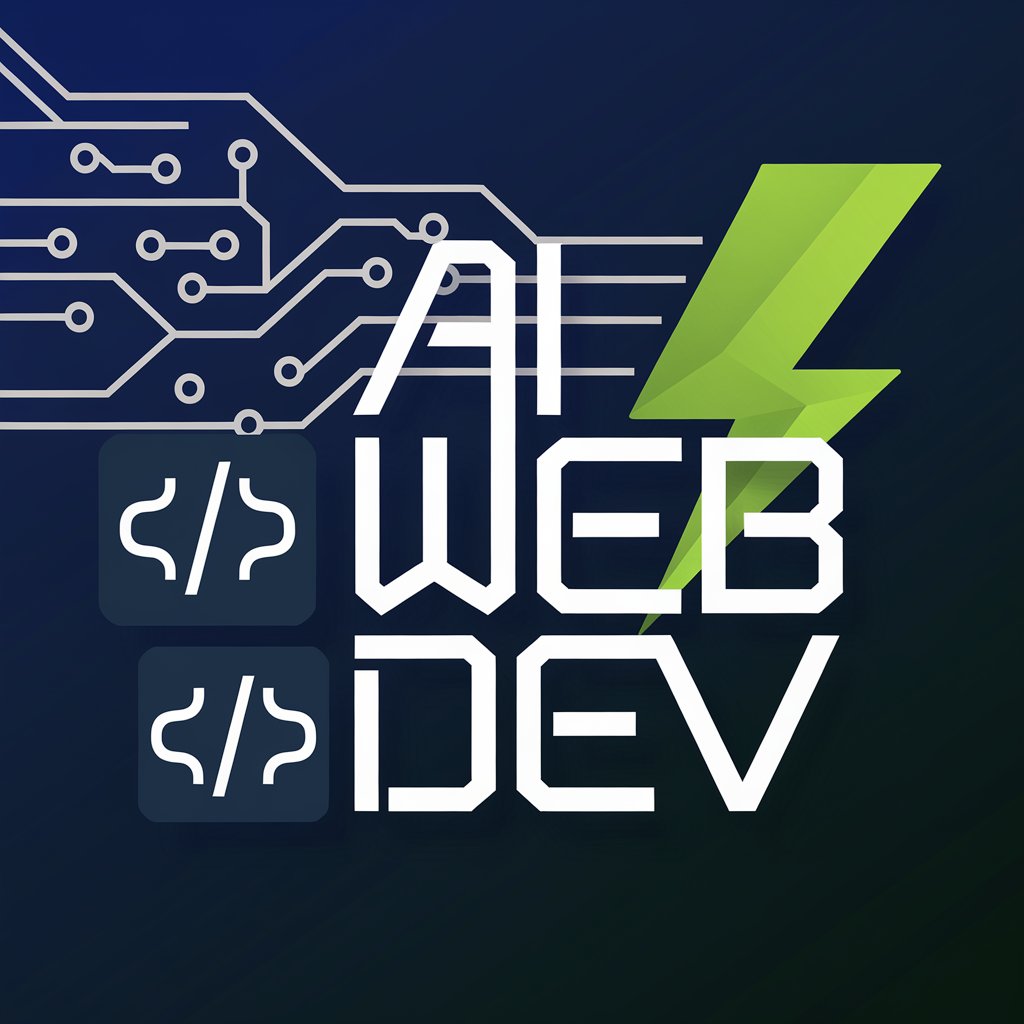
PSLE English Oral Coach by 小菜叔叔
AI-powered oral coach for PSLE success

항공지식 주사기
AI-powered aviation learning assistant.

高情商聊天机器人
AI-Powered Emotional Rewriting for Real Life

LOFI音楽YouTube投稿クリエーター
AI-powered bilingual tool for lo-fi music success

Selenium
AI-powered web automation made easy.
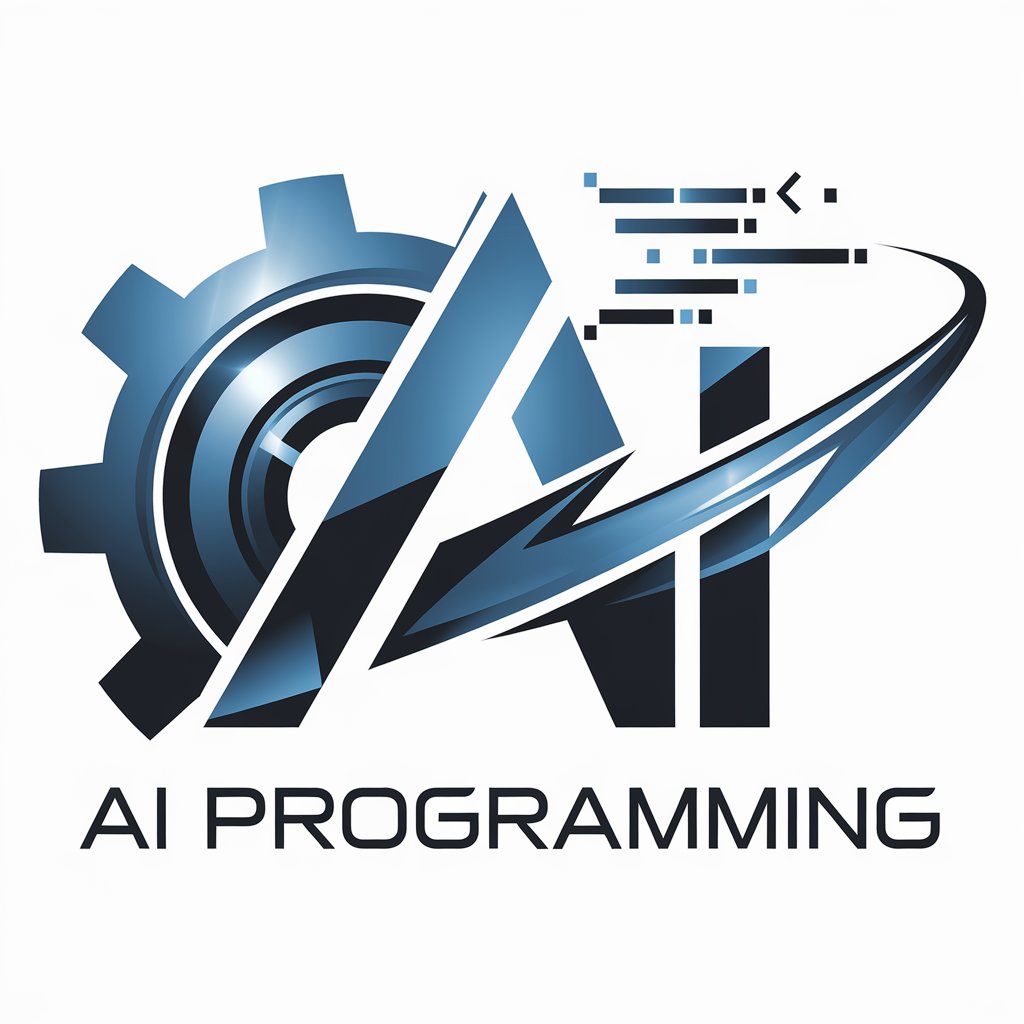
GTP 4o Unlock Max Power
AI-Powered Precision Without Limits

Falcı Nadire - Rüya, Kahve, Burç ve El Falı Yorumu
AI-Powered Fortune Telling with Soul

AI - THẤU HIỂU KHÁCH
Decode customer minds with AI power
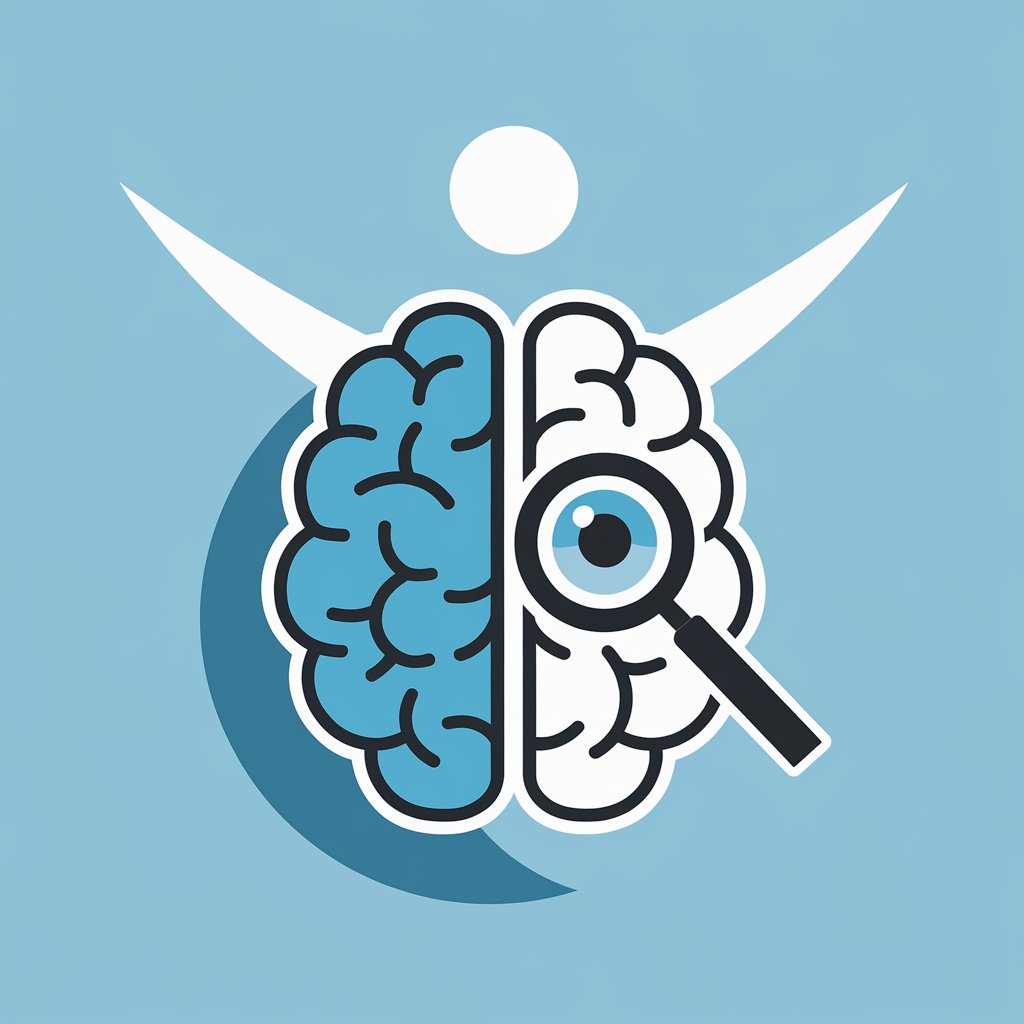
Swearing Uncensored
AI-Powered Rage With Zero Filters

Pony Diffusion Prompt Builder
AI-powered prompt builder for stunning art generation.

Bot Formatter for AI Chatbots
AI-powered character builder for chatbots

- Code Debugging
- Exam Preparation
- Concept Explanation
- Project Assistance
- Syntax Help
Top 5 Q&A About Java (GPT Tool)
What kind of Java-related help can you provide?
I offer end-to-end support with Java, including code debugging, explaining concepts like OOP, assisting with frameworks like Spring, and generating working code for use cases such as REST APIs or data structures.
Can you help me learn Java from scratch?
Yes. I can guide you through learning Java fundamentals, starting with variables, control flow, and OOP principles, progressing to advanced topics like multithreading, collections, and design patterns.
Do you support real-time code debugging?
While I don’t execute code, I can analyze error messages, spot logical issues, and walk you through debugging based on the code and error output you provide.
Can I use you for academic or exam prep?
Absolutely. I can simulate Java coding tests, explain programming concepts in depth, and help with solving textbook-style exercises or project assignments.
What makes you better than regular coding documentation?
Unlike static documentation, I offer dynamic, context-aware assistance, tailor explanations to your skill level, and can rephrase or restructure guidance until it makes sense to you.

